Planogram - an essential sales driver in Retail
Our Clients
Committing to the success of our clients around the world
One of the main tools influencing the experience of your customers in stores is undoubtedly the planogram. It requires a lot of time, effort and resources to plan a perfect shelf layout. The next step is to instruct store-level workers and ensure planogram compliance at the point of sale, in order to bring best visibility and on-shelf-availability to your products, grow a loyal customer base and maximise profits.
So, how does lack of alignment in planogram/realogram affect the brand?
What is a planogram?
Thinking about the ease that the consumer must have in the store when browsing for his favourite product, it is essential that the shelf is organised and the assortment is presented in a way that makes sense to the customer. With this in mind, the products are found easily, the customer is satisfied and the chances of him returning to the store and buying your product will increase. Taking all these factors into account, a planogram is created with a specific product layout – at specific aisle, shelf, placement height and display layout thought out. In addition, considering the historical sales data, the targeted group, offered assortment and the competitors.
The alignment of the aforementioned pillars certainly forms a very favourable scenario to stimulate purchases. Surely the best execution and the realogram aligned with the strategy will be essential for the product to be chosen by the client.
So, what values does planogram compliance bring to a brand?
Once the product is positioned in the right place, the probability that the sale is made by a shopper looking for your product (and also by customers who were passing by and your product caught their attention) is much bigger. Ensuring planogram compliance plays a huge role in exploiting growth opportunities and generating sales. At present, technological advancements offer numerous options to track planogram compliance, minimise alignment issues and out-of-stock occurrences – from Image Recognition based mobile applications to guided robots and shelf cameras.
Leveraging Artificial Intelligence technologies, like Image Recognition in retail execution brings undoubtable advantages in improving daily processes like data collection and subsequent opportunities to rely on when carrying out necessary product performance analytics. First, it is the accuracy and sheer volume of the collected shelf data. Ailet offers a 97% accuracy in product recognition and supports it with vital KPI calculations like OSA and allowing to track planogram compliance right at the store.
Attracting customer attention with an appealing shelf layout and availability of the product conveys a positive image of the brand, giving a sense of organisation, security, efficiency and harmony. Not only supporting loyalty to the brand but making your customer a fan of the brand, since he knows that when he arrives at the store, his favourite brand will be available at the right place, time, quantity and price and is ready to be added to the shopping cart.
Brand visibility
With good long-term execution and within a well-structured planogram, brand visibility becomes a benchmark not only at the point of sale, but also for customers who begin to have the brand as a reference regardless of what your competitor does. The organisation within the store is one of the main points of connection with the customer and both parties know it, but in terms of the technical, strategic and controllable part, it is up to the brands to pay attention not only to the traditional retail KPIs, but also to the small details that will make the total difference in the sale. And above all, in the construction and maintenance of the brand before the most decisive moment for the company, the customer contact at the point of sale.

Success Stories
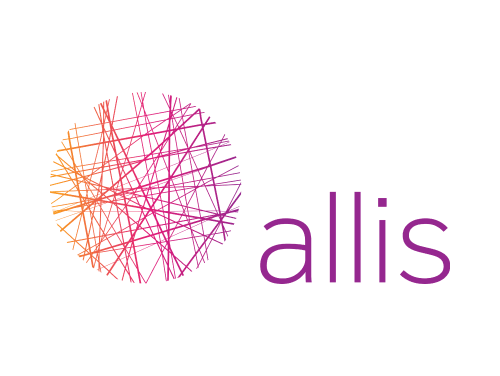 Allis
Allis
 Coca Cola
Coca Cola
 Perfetti Van Melle
Perfetti Van Melle
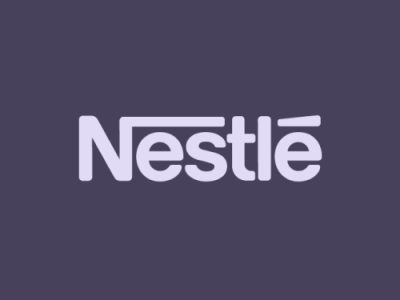 Nestle
Nestle
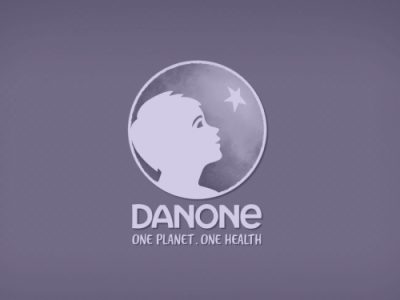 Danone
Danone
 Mars
Mars
 Tarweej
Tarweej
 TOP 3 Retail Chain
TOP 3 Retail Chain
 Global Retail Corporation
Global Retail Corporation
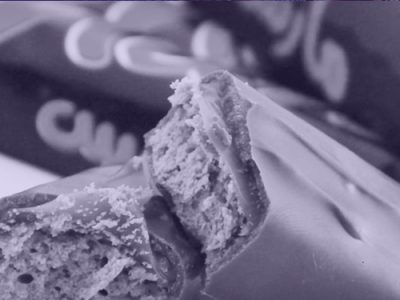 World’s Leading Manufacturer
World’s Leading Manufacturer
 Global FMCG Brand
Global FMCG Brand
 Leading Food Manufacturer
Leading Food Manufacturer
 Global Food Manufacturer
Global Food Manufacturer
 Global Coffee Manufacturer
Global Coffee Manufacturer
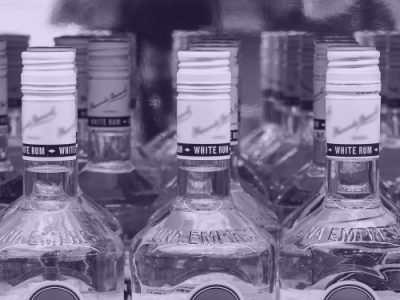 Major Spirits Producer
Major Spirits Producer
 Global Pharmaceutical Brand
Global Pharmaceutical Brand
 Leading Food Manufacturer
Leading Food Manufacturer
 Global FMCG Brand
Global FMCG Brand
 Leading Food Manufacturer
Leading Food Manufacturer
 Leading Spirits Producer
Leading Spirits Producer
 Major FMCG Brand
Major FMCG Brand
 Major Coffee & Tea Manufacturer
Major Coffee & Tea Manufacturer



















